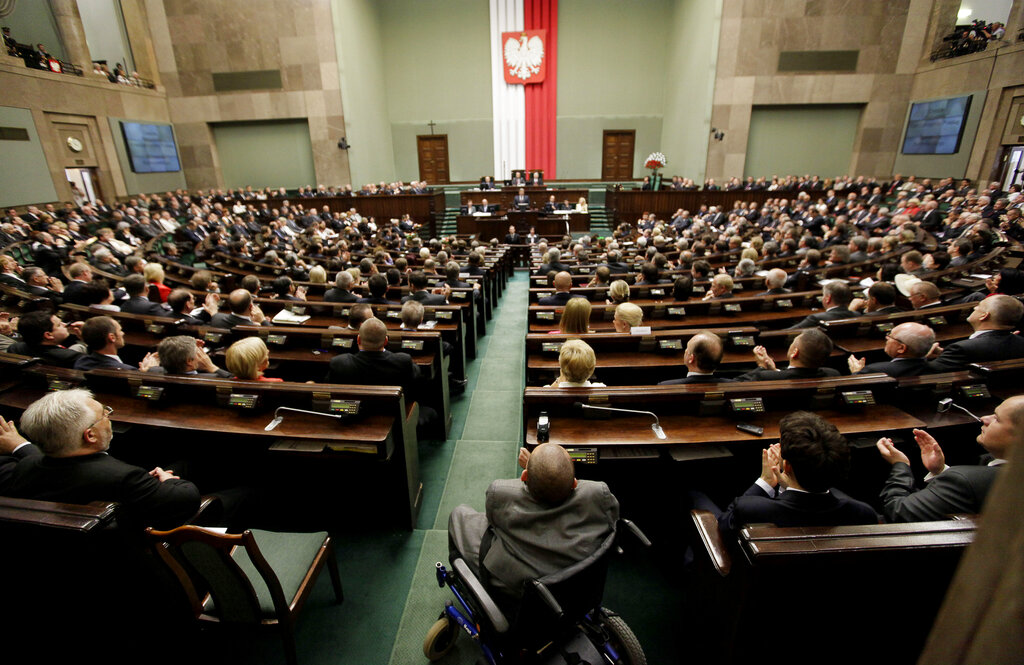The decision to declare Silesian a language went through Poland’s parliament last week because the ruling left-liberal coalition backed it, whereas the minority conservative Law and Justice (PiS) opposition were against it. Nevertheless, Silesian may now become Poland’s second regional language, together with Kashubian.
This means that if the bill is signed by the president, the Silesian language is to be added to the act on national and ethnic minorities as the second regional language, alongside the Kashubian language. This includes the possibility of introducing optional Silesian language classes in schools, installing bilingual signs in localities where over 20 percent of the population declares the use of the Silesian language, and subsidizing activities related to the preservation of the Silesian language.
The bill will now go to the Polish senate, where the coalition majority has already declared its support for the project. The ruling coalition has discarded the opinions of academic linguists who classify Silesian as a dialect and declared that this was a matter of political will.
The problem is that this is just the beginning of the movement to declare Silesians a nation, thereby a national minority which will demand that it has its own national narrative — a narrative that saw the invasion of Poland by Germany in 1939 as a form of liberation.
However, the left and the liberals want to support regionalism as part of their cult of the minority. In reality, as a careful study of the latest census shows, only a small minority actually declare a Silesian identity as their prime identity over that of being Poles. This means that Silesians, like Highlanders (Górale) or Kurpies and people from other regions, identify with Poland and have no desire for separatism.
The Silesian separatists like to hide behind the fact that the Silesian region is populated by 4 million people. However, only just over 50,000 of them are recorded as using Silesian dialect as their only means of communication.
In the local elections, the two regional political organizations who stood for the regional council failed to obtain any representation, as together they managed only just over 5 percent of the vote.
However, even such a small lobby was enough to get the liberals and the left to give in to their demands, thereby encouraging future separatism.






